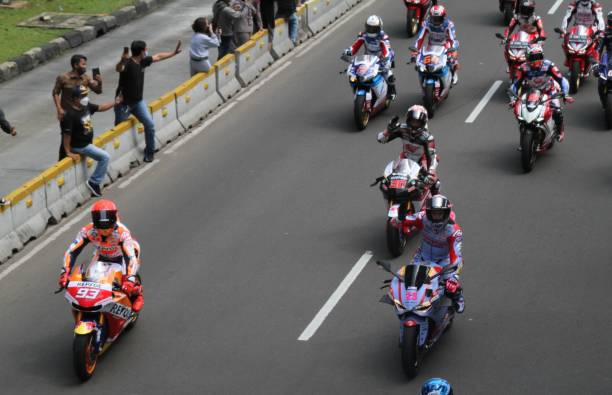Moto GP
- Sports

Christmas in Catalonia is a time filled with deeply-rooted traditions and family celebrations that reflect the rich culture of the region. From Christmas Eve to Epiphany (Día de Reyes), each day is marked by rituals and festivities that fill the streets and homes with joy and Christmas spirit.
One of the most emblematic traditions is the "Caga Tió," a folkloric character representing a decorated wooden log with a smiling face. Children feed and care for it for weeks, then hit it with sticks while singing popular songs, hoping for it to "poop" out gifts and sweets.
Another symbol of Catalan Christmas is the "pessebres" or nativity scenes, set up in homes, churches, and public squares. These nativity scenes, often elaborate and detailed, depict the birth of Jesus and daily life in the region, with figures ranging from the Holy Family to local characters and typical scenes of Catalonia.
Christmas Eve, known as "Nit de Nadal," is an occasion to enjoy a festive dinner with family, typically featuring traditional dishes like "canelons" (cannelloni), "escudella i carn d'olla" (soup with pasta and meat), and "turrones" (nougat). After dinner, many attend the traditional Midnight Mass (Misa del Gallo) in local churches.
Christmas Day often sees families gathering to exchange gifts and enjoy a day of celebration and relaxation. The streets are adorned with lights and festive decorations, and Christmas markets are organized where decorative items, gifts, and typical seasonal food products can be purchased.
The Christmas season culminates with the celebration of Epiphany on January 6th, when children receive gifts from the Three Kings (Reyes Magos). On the eve of Epiphany, the traditional Three Kings' Parade (cabalgata de Reyes) takes place, with Melchior, Gaspar, and Balthasar parading through the streets of cities and towns, handing out candies and bringing joy to the little ones.